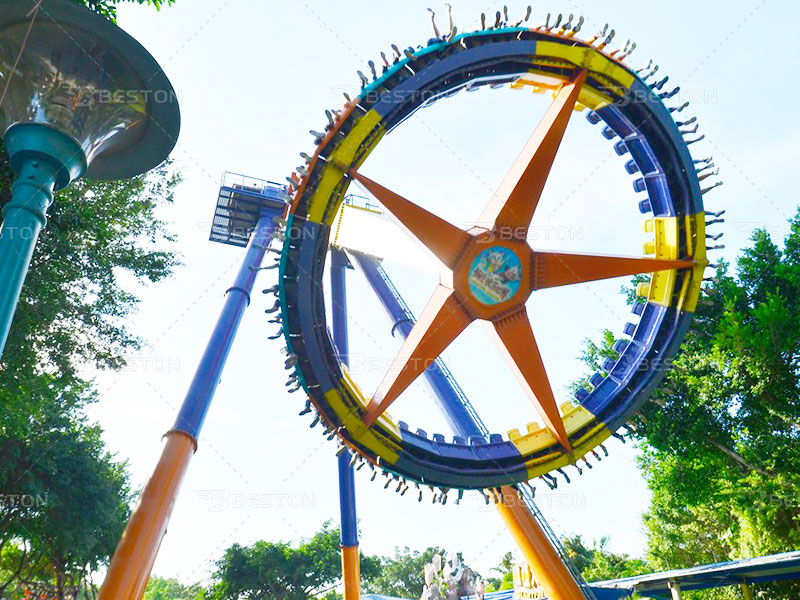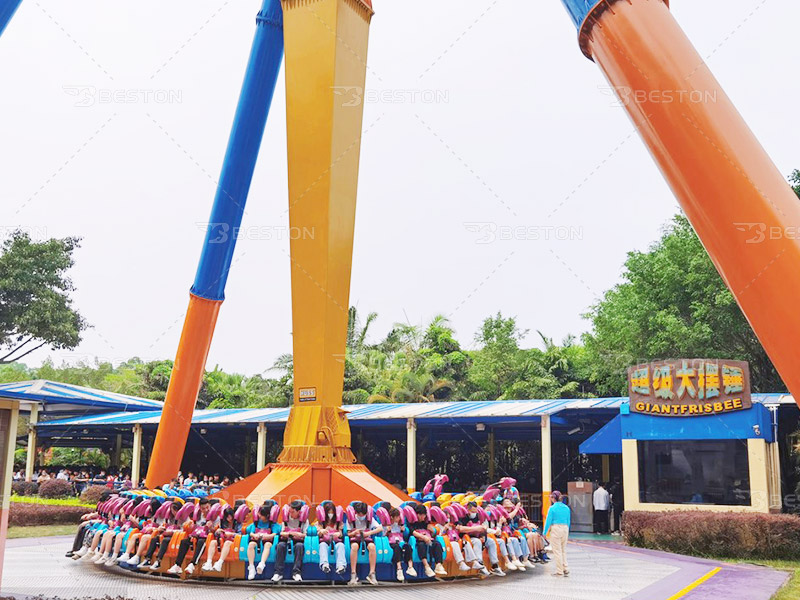Amusement addiction is not a casual fascination. It is a complex psychological phenomenon shaped by neurochemistry, environmental triggers, and emotional conditioning. While many perceive amusement parks as purely recreational spaces, for some visitors, the experience becomes a recurrent compulsion — a craving that blends physical exhilaration with psychological reinforcement.
Neurological Reward Systems
At the center of amusement addiction is the brain’s reward circuitry. High-intensity attractions, such as pendulum rides, trigger a cascade of neurotransmitters, primarily dopamine and endorphins. These chemicals create feelings of pleasure, relief, and heightened alertness. The rapid onset and short duration of these neurochemical surges condition the brain to seek repeated exposure.  Over time, the brain begins to anticipate these rewards before the ride even begins. The sight of the attraction, the sound of its machinery, or even the smell of the surrounding environment can activate this anticipatory response. This pre-ride stimulation can be as addictive as the ride itself, fueling a loop of desire and gratification.
Over time, the brain begins to anticipate these rewards before the ride even begins. The sight of the attraction, the sound of its machinery, or even the smell of the surrounding environment can activate this anticipatory response. This pre-ride stimulation can be as addictive as the ride itself, fueling a loop of desire and gratification.
Sensory Overload and Emotional Memory
Amusement rides function as orchestrated sensory events. Sudden drops, disorienting spins, and abrupt accelerations overwhelm the body’s balance and motion perception systems. For many, this controlled chaos becomes intoxicating. The brain encodes the experience as a distinct emotional memory — a sharp contrast to the often predictable rhythms of daily life.  These memories are reinforced by contextual cues. Seasonal events, visual theming, and even crowd energy amplify the intensity of the recollection. When a person re-enters the amusement park, these triggers can reawaken the desire to relive the sensations, further deepening the attachment.
These memories are reinforced by contextual cues. Seasonal events, visual theming, and even crowd energy amplify the intensity of the recollection. When a person re-enters the amusement park, these triggers can reawaken the desire to relive the sensations, further deepening the attachment.
The Role of Social Dynamics
Human behavior is deeply influenced by group psychology. In an amusement setting, social contagion plays a key role. Observing others express exhilaration, fear, or joy during a ride can enhance personal enjoyment through emotional mirroring.
Peer influence also fuels repeat participation. Individuals are more likely to re-experience a ride when accompanied by friends or family who share — or exceed — their enthusiasm. Social validation becomes intertwined with the physical thrill, making the attraction both a personal indulgence and a communal ritual.
Variable Reinforcement and Ride Design
Addiction thrives in environments where rewards are unpredictable. Amusement rides often exploit this principle through variation in experience. Weather conditions, time of day, and even seating position can alter ride dynamics. For pendulum rides, shifts in momentum, swing height, and rotation speed subtly change each cycle, keeping the experience fresh.
Manufacturers and park operators recognize the value of this variability. The acquisition of an amusement ride for sale often comes with customization options, allowing operators to fine-tune performance settings. This ensures that frequent riders encounter subtle but perceptible changes, sustaining engagement over longer periods.
Escapism and Psychological Relief
For some, amusement addiction is rooted less in the thrill itself and more in the escape it provides. High-intensity attractions temporarily suppress conscious thought, focusing attention entirely on the immediate physical experience. This creates a form of mindfulness by necessity, where external worries dissolve into the sensory immediacy of motion, speed, and sound.
The emotional afterglow — a combination of relief, exhilaration, and fatigue — can be deeply satisfying. It reinforces the notion that amusement rides are not merely recreational but therapeutic in a transient, high-intensity form.
Economic and Environmental Reinforcement
The design of amusement parks further sustains this cycle. Strategic placement of attractions, atmospheric music, and thematic architecture build an immersive environment where visitors can easily lose track of time. The convenience of continuous access to rides allows for repeated exposure within a single visit, strengthening the reinforcement loop.
For operators, understanding these dynamics informs purchasing decisions. When evaluating an amusement ride for sale, considerations extend beyond capacity and safety to the ride’s potential to generate repeat use. High-engagement attractions, such as pendulum rides, become core investments for parks targeting thrill-seeking demographics.
Conclusion
Amusement addiction emerges from the intersection of neurochemistry, sensory engineering, social influence, and environmental design. It is sustained by the human brain’s attraction to intense, short-lived experiences that stand in stark contrast to daily monotony.
By understanding these psychological underpinnings, park operators can design experiences that capture attention while maintaining safety and ethical responsibility. Whether through the towering arc of a pendulum ride or the careful curation of an immersive environment, the mechanics of attraction go far deeper than motion and machinery — they reach into the mind’s most primal pathways of desire and reward.

Comments
No comments yet. Be the first to react!